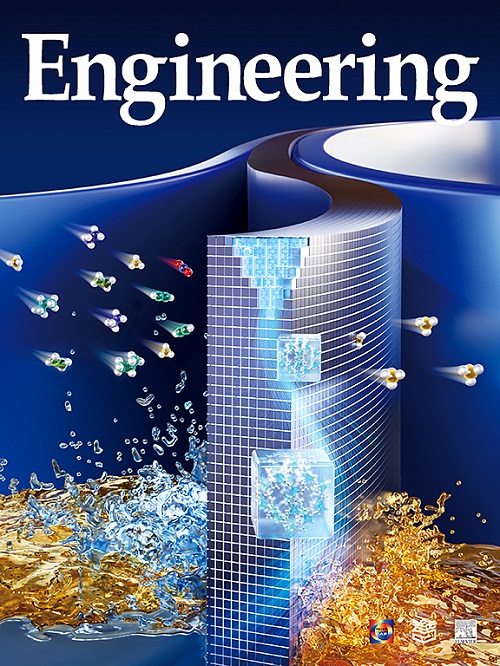Digital Twin Enabling Technologies for Advancing Road Engineering and Lifecycle Applications
IF 10.1
1区 工程技术
Q1 ENGINEERING, MULTIDISCIPLINARY
引用次数: 0
Abstract
Road infrastructure is facing significant digitalization challenges within the context of new infrastructure construction in China and worldwide. Among the advanced digital technologies, digital twin (DT) has gained prominence across various engineering sectors, including the manufacturing and construction industries. Specifically, road engineering has demonstrated a growing interest in DT and has achieved promising results in DT-related applications over the past several years. This paper systematically introduces the development of DT and examines its current state in road engineering by reviewing research articles on DT-enabling technologies, such as model creation, condition sensing, data processing, and interaction, as well as its applications throughout the lifecycle of road infrastructure. The findings indicate that research has primarily focused on data perception and virtual model creation, while real-time data processing and interaction between physical and virtual models remain underexplored. DT in road engineering has been predominantly applied during the operation and maintenance phases, with limited attention given to the construction and demolition phases. Future efforts should focus on establishing uniform standards, developing innovative perception and data interaction techniques, optimizing development costs, and expanding the scope of lifecycle applications to facilitate the digital transformation of road engineering. This review provides a comprehensive overview of state-of-the-art advancements in this field and paves the way for leveraging DT in road infrastructure lifecycle management.
求助全文
约1分钟内获得全文
求助全文
来源期刊

Engineering
Environmental Science-Environmental Engineering
自引率
1.60%
发文量
335
审稿时长
35 days
期刊介绍:
Engineering, an international open-access journal initiated by the Chinese Academy of Engineering (CAE) in 2015, serves as a distinguished platform for disseminating cutting-edge advancements in engineering R&D, sharing major research outputs, and highlighting key achievements worldwide. The journal's objectives encompass reporting progress in engineering science, fostering discussions on hot topics, addressing areas of interest, challenges, and prospects in engineering development, while considering human and environmental well-being and ethics in engineering. It aims to inspire breakthroughs and innovations with profound economic and social significance, propelling them to advanced international standards and transforming them into a new productive force. Ultimately, this endeavor seeks to bring about positive changes globally, benefit humanity, and shape a new future.
 求助内容:
求助内容: 应助结果提醒方式:
应助结果提醒方式:


